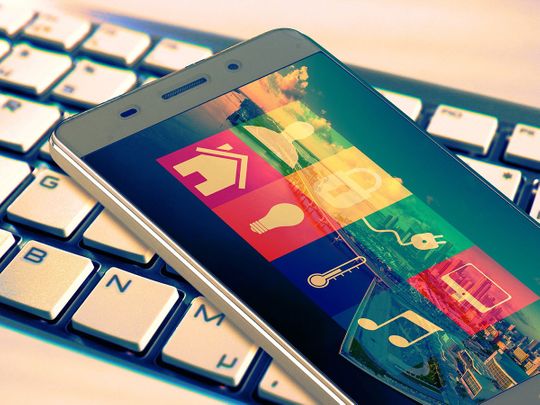
Imagine a place where with a flick of your finger, you can control everything in your home. This vision of a smart home goes beyond comfort; new technologies will have a profound impact on our health, lifestyle and interactions.
The biggest driver of smart home technology is the environment, in particular our impact on it. Smart home automation can significantly cut a building’s energy and water usage. Given the rising cost of both, homeowners, utilities and governments will look at better, more efficient ways to reduce our environmental footprint and make living more sustainable.
That said, it’s no surprise that the next big question being asked is when our homes will become “smarter” by connecting all of these devices to a single hub, through which we can both measure and control everything inside of the places we live.
The ideas may sound far off, but they’re already in the design stages in projects such as Saudi Arabia’s Neom. This $500 billion initiative, which is the cornerstone of the Saudi Vision 2030 and has been described as the biggest urban project in the world today, will re-imagine how we live. And much of that will focus attention on our homes.
Making it work
Technology is improving at an exponential rate, and smart home technology is no exception. But what does this mean in terms of functionality? How can and will smart homes impact our lives?
* Smart homes will be able to track your location inside of a home, either via an electronic pin that you wear on your clothes or electronic sensors inside of the home. The house will be able to anticipate your needs and adjust everything from heating and cooling to music and lighting, all based on the person who walks through the door.
* Smart lighting automatically adjusts itself by detecting the presence of an occupant in the room. When the occupant exits, the lights will either dim or shut off entirely. The lighting will automatically adjust its brightness based on the time of the day, and the smart home will remember the configuration so you can tailor every device in your home to your liking.
* Smart locks can also be programmed according to needs. Visitors can be granted - or denied access - based on specified identifiers, remotely. Virtual keycodes can be sent via an application, and the door opened with a mobile phone.
* Smart security systems can autonomously monitor the house, and report any unprecedented incidents to the homeowner and, if necessary, initiate emergency services.
Smart homes can also monitor elderly people living on their own. Those who would otherwise be living on their own will have an extra helping hand, reminding them to take their medication, and make sure day-to-day tasks are completed. In the case of an emergency, emergency services can be notified and automatically allowed inside to help.
* Smart home solutions can dramatically reduce the energy to power cooling systems in summer - and heating in winter. By self-learning the behavior and needs of a household over time to heat and cool the home more efficiently and pairing that information with temperature both inside and outside the house, a smart thermostat can reduce energy bills by 15 per cent or more.
- Najib Al Naim is Chairman, Schneider Electric Saudi Arabia.








